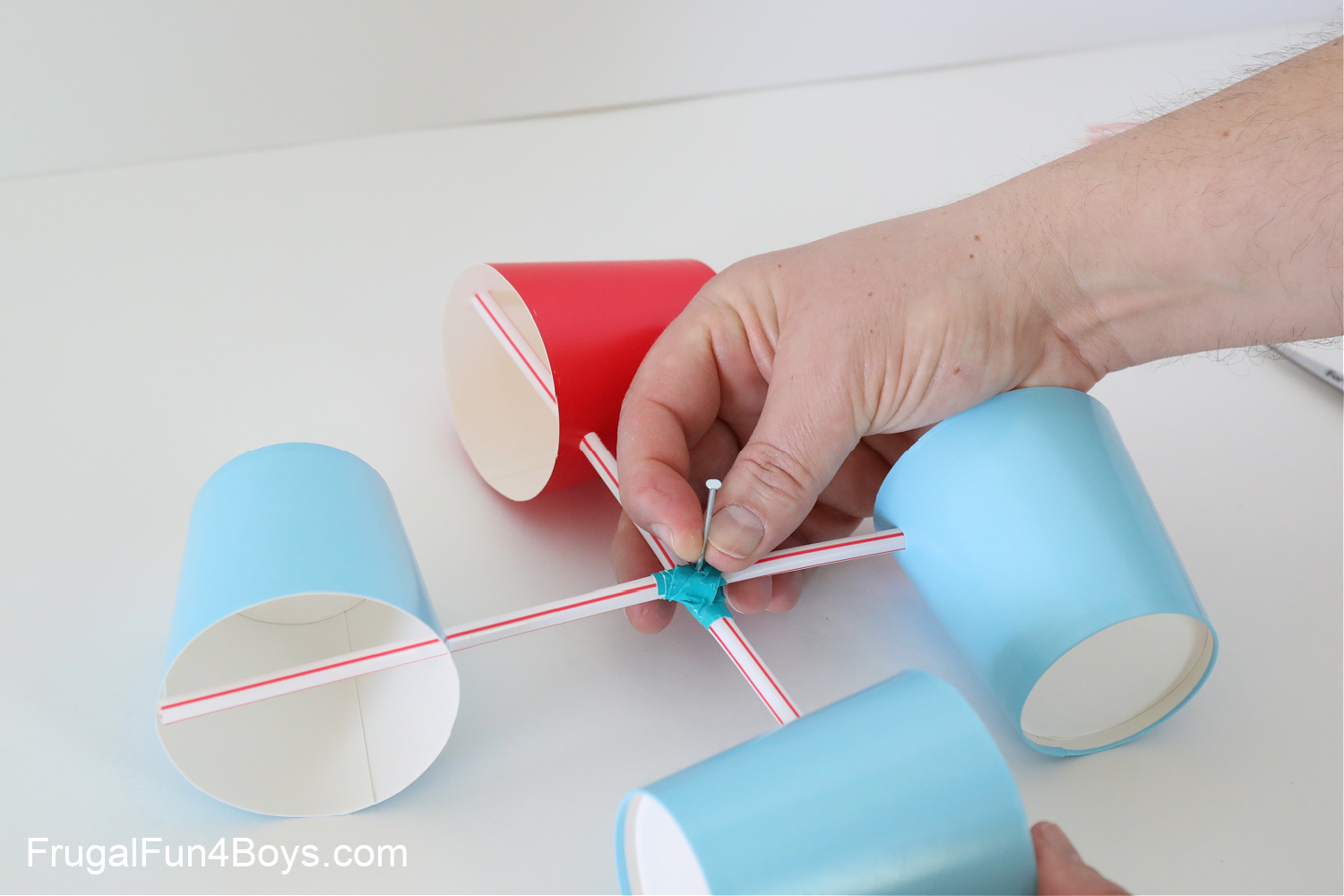Comprehending Different Kinds Of Anemometers for Different Applications
Wiki Article
All You Need to Understand About Anemometers: How They Function, Why They Matter, and Where to Use Them
Anemometers, though usually forgotten in the realm of scientific tools, play an essential function in various areas, supplying important understandings right into wind rate and airflow patterns. As we dig into the complexities of anemometer modern technology, we will certainly reveal the internal functions of these tools, their relevance, and the essential factors to consider when picking the best anemometer for specific applications.
Anemometer Essentials
A vital tool made use of to measure wind speed and direction, the anemometer plays a crucial function in meteorology and various sectors. An anemometer commonly contains three or four cups that turn in the wind, a vane that directs right into the wind, and sensing units to track the turnings or movements. By computing the rotations or motions over a particular time period, the anemometer can identify wind rate. The vane helps establish wind instructions by pointing right into the wind, offering useful data for weather forecasting, aviation, maritime operations, ecological tracking, and wind energy applications.
There are different kinds of anemometers available, including mug anemometers, vane anemometers, hot-wire anemometers, and sonic anemometers, each with its unique features and applications. Mug anemometers are frequently made use of for standard wind speed dimensions, while vane anemometers are preferred for directional dimensions. Hot-wire anemometers appropriate for reduced airspeeds, and sonic anemometers are perfect for high-precision dimensions in research study and commercial setups. Recognizing the basics of anemometers is important for precise wind data collection and analysis throughout various sectors.
Principles of Anemometer Procedure
Building on the foundational understanding of anemometer fundamentals, the concepts of anemometer operation clarify the auto mechanics behind wind speed and direction dimensions. Anemometers operate the principle of air movement influencing a sensing unit, causing it to rotate. Mug anemometers, as an example, have 3 or even more mugs that capture the wind, causing them to rotate much faster as the wind rate boosts. The rotation rate is then exchanged a wind speed dimension. Vane anemometers, on the various other hand, use a tail or a probe that aligns itself with the wind direction, giving a dimension of wind direction based upon the positioning of the sensing unit. Hot-wire anemometers rely upon a heated wire that cools down as wind passes over it, with the price see here now of cooling determining the wind speed. Ultrasonic anemometers procedure wind speed and direction by evaluating the time it takes for ultrasonic signals to travel in between transducers. Understanding these principles is vital for trusted and exact wind dimensions in numerous applications.Importance of Anemometers
Anemometers play a crucial duty in measuring wind rate and direction, offering necessary information investigate this site for climate projecting, environment researches, ecological surveillance, and aeronautics operations. Meteorologists rely on anemometers to gather exact wind data, helping them understand weather patterns, forecast tornados, and problem prompt cautions to the public. Wind farm operators use anemometers to examine wind problems and optimize electrical energy production from wind turbines.Applications Throughout Different Industries
In the sustainable energy sector, anemometers play an essential duty in analyzing wind conditions for wind ranch positionings, making certain optimal energy manufacturing. Industries like building and construction and mining utilize anemometers to keep track of wind speeds, vital for security procedures, specifically when functioning at heights or in open-pit mines where strong winds can navigate to this site position dangers. In agriculture, anemometers aid farmers in taking care of plant splashing by giving real-time information on wind speed to prevent drift.
Picking the Right Anemometer for Your Requirements
For basic functions, a mug anemometer is suitable for determining wind speed, while a vane anemometer offers wind direction data. Hot-wire anemometers are ideal for reduced airspeed measurements, and ultrasonic anemometers supply high accuracy and resilience.
Final Thought
In final thought, anemometers play a critical duty in determining wind speed and direction across different sectors. It is crucial to take into consideration the value of anemometers in order to make enlightened decisions when choosing the most suitable gadget for gauging wind conditions.There are various types of anemometers available, consisting of cup anemometers, vane anemometers, hot-wire anemometers, and sonic anemometers, each with its one-of-a-kind features and applications. Mug anemometers are typically utilized for basic wind speed dimensions, while vane anemometers are preferred for directional dimensions. Hot-wire anemometers are ideal for low airspeeds, and sonic anemometers are perfect for high-precision dimensions in research study and industrial setups.Building on the fundamental understanding of anemometer fundamentals, the concepts of anemometer procedure illuminate the mechanics behind wind rate and instructions measurements. For general purposes, a cup anemometer is suitable for determining wind rate, while a vane anemometer offers wind instructions data.
Report this wiki page